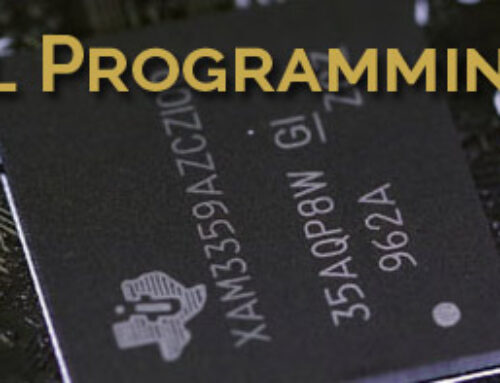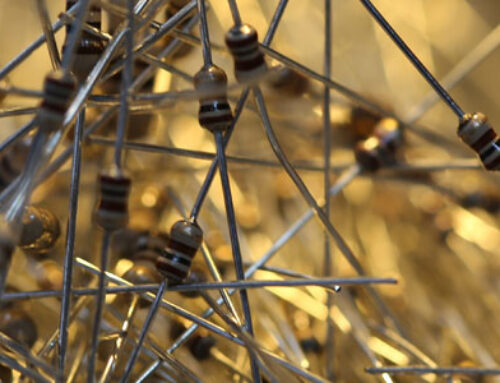In this post I give a short video tutorial on how I built the LED fish tank lights for my fish tank. I’m using high-performance Cree XP-G LEDs (XPGWHT-R5) on 23mm star PCBs. Each one outputs 556 lumen at 350mA. I use 6 in this video to give an output of 3,336 lumen at a cost of about 39 Watts from the wall. One interesting thing is that I am using IKEA curtain rail as the aluminium backing for the lights to keep the costs down and because it works very well in my application. The aquarium looks great and it has been working perfectly for several months now.
Here is a link to each of the products used in this video:
- The 4xCree XP-G R5 23mm Star Modules
- The Lenses used
- The power supply used the LPC-35 IP67 35W Single output Switching Power Supply
- IKEA Kvartal Curtain Rail


Not really a comment on this particular post, more of a general comment…
Great job on this. Me and several of my colleagues have found your videos and instructions to be quite empowering (we come more from a mechanical background).
Thought for a new post… we’ve been having trouble lately in regards to rapidly sending CAN frames. Our goal is to be able to send CAN frames to the tune of ~1 KHz. My current setup is insufficient as I’m using python’s Popen (from the subprocess module) to call cansend whenever i need to send a frame. The problem here is that it is opening up a new process every time I need to do this, which takes about 30 ms (precluding me from getting anywhere near 1 KHz).
I’m currently working on writing a C-extension for Python, but it’s slow going as I’m relatively new to C, Linux, and Sockets.
Any thoughts you might have on this would be greatly appreciated. Here is a link to the relevant SO question I put up a bit ago (http://stackoverflow.com/questions/16380528/faster-alternatives-to-popen-for-can-bus-access)
Keep up the great work.
Derek,
Thank you very much for this post. Very clearly presented and exceptionally well-done. May I ask about your tank’s 3D background. Did you create this yourself or is it a commercially produced piece?
Thanks again,
David
Thanks David,
It’s from http://www.BackToNature.se/ They are not cheap, but really give a great finish.
Derek.
hi do you need dimmable drivers or can you get away with out them ?
It’s a pity the xpgr5’s are up in price to 14.90e now
sir,
i want to make led light series for my aquarium 60 led in a series or parallel i dont have knoweledge how to to make plzzz help he out
i have 12v power supply adapter
50 led white and blue
Hi, please study the diagrams in the video carefully. You need a constant current supply (not voltage), otherwise it becomes a very difficult task. Derek.
Good afternoon, Derek, nice blog really helps build my LED lamp. Derek never will create a thought-based BBB, a controller for controlling parameters such aquarium systems such as temperature, day length of the day (when using LEDs is quite possible to get a sunrise / sunset using PWM), well, as well as pH adjustment, to transmit information on the web server.
Regards Dmitriy_ Ukraine
Thanks for the video I have been researching designing my own DIY LED light system for a more energy efficient and cost effective solution over my metal halides.
Hi,
I really love this project!
I wanted to use the same LED setup for my little fish tank.
My problem is that I am not 100% sure if I chose the correct power supply.
I want to use two Cree XPGWHT-R5 stars with 4 LEDs and want to drive them at 350mA in series, which means current is 350mA DC voltage is 28V and power would be 9,8W.
Can I use this power supply: http://www.meanwell.com/search/lphc-18/default.htm
Thank you.
An excellent concise video with beautiful results. It’s amazing what you can find at Ikea to utilize for millions of projects. Nice combo. Thank you for sharing.
Tarek, from the diagrams Derek showed in the video it looks like that power supply could work. The only thing that might be an issue is the input voltage. It requires 180 – 264v input so if you live in a country with 110v service it won’t be a good choice.
It is a very advantageous video for me. I’ve enjoyed the video. It is very supportive and useful post.
thanks for sharing this precious information with us. this is really helpful for my tank lights and i hope you to add some more in future also.